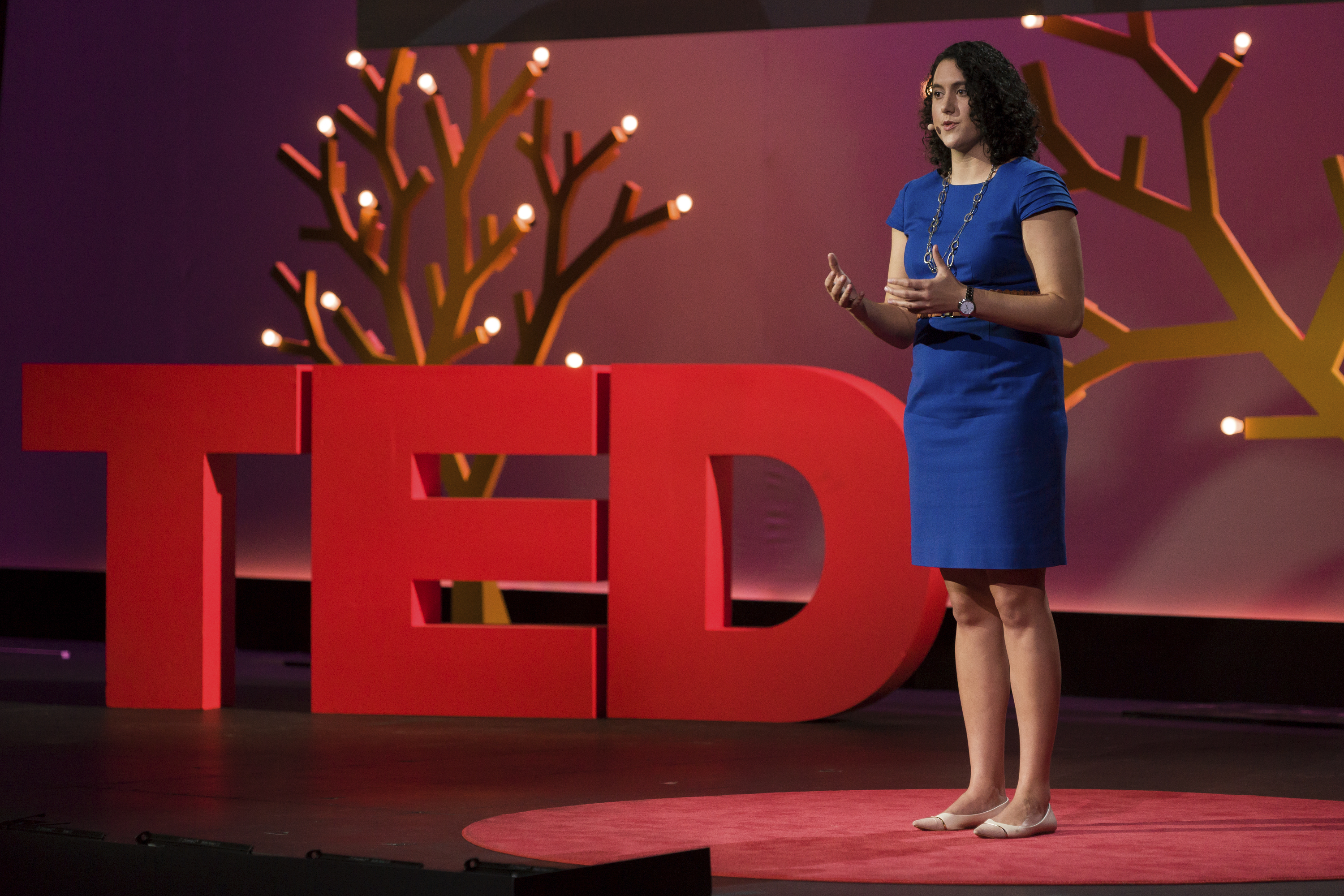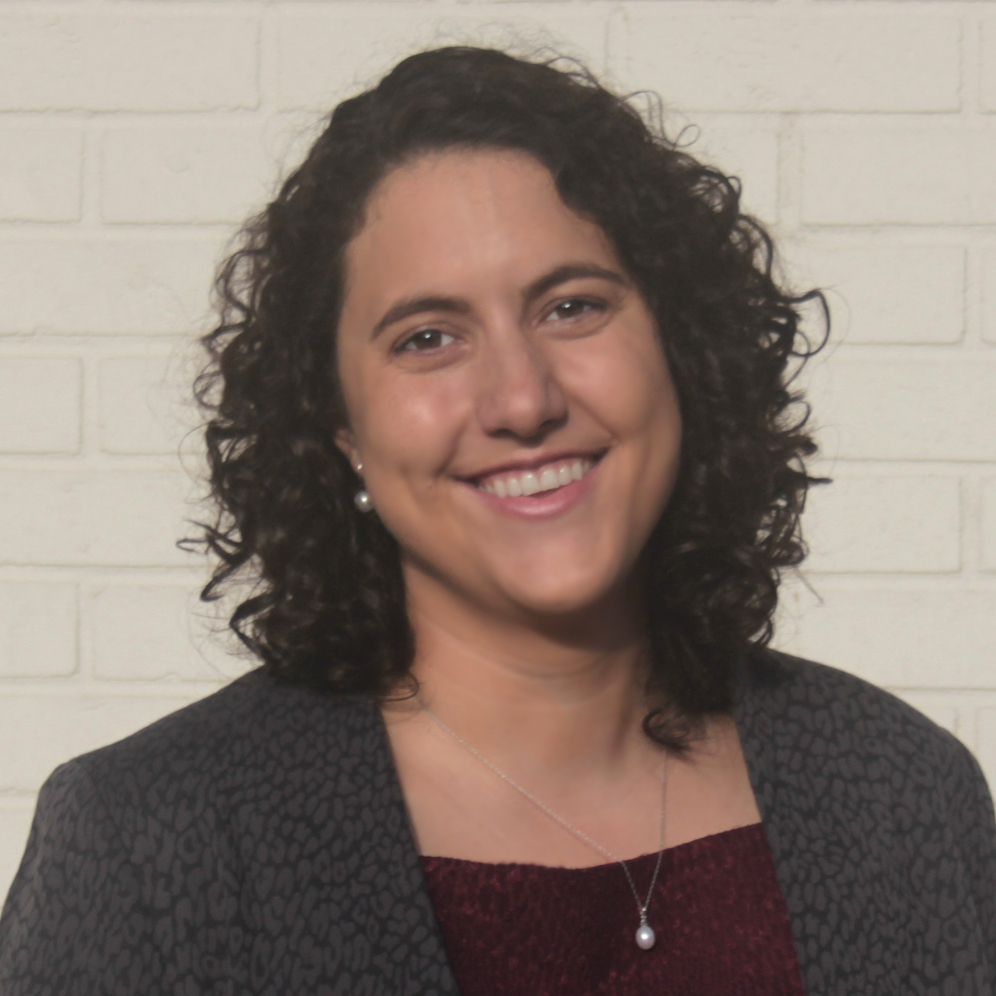Mallory Soldner (Ph.D. 2014) is, in her words, “driven to push the boundaries of how to do the most good with data.” She came to Georgia Tech and the Stewart School of Industrial & Systems Engineering (ISyE) in 2009 specifically to focus on health and humanitarian issues by completing her graduate work with the Center for Health & Humanitarian Systems (CHHS). She was particularly interested in the Center’s work on cutting-edge humanitarian applications of operations research tying to social impact, led by William W. George Chair and ADVANCE Professor Pinar Keskinocak, Harold R. and Mary Anne Nash Professor Julie Swann, and Ozlem Ergun (now at Northeastern University).
Soldner is now an advanced analytics manager for UPS, where she works on research and development projects and consults within the company. Her recent TED@UPS talk, “Your Company's Data Could Help End World Hunger,” is featured on the TED website and to date has been seen almost 675,000 times.
In this interview, Soldner discusses her passion for solving humanitarian issues and the idea of data philanthropy, which was the subject of her TED talk. (View Soldner’s TED talk here: http://bit.ly/2gLOQyp.)
Briefly describe how you began focusing on health and humanitarian issues in your graduate work at ISyE.
My research at Georgia Tech focused on how to improve decision-making in health and humanitarian operations. Application areas included optimization of the food aid supply chain, humanitarian staff reassignment, bottleneck management in transportation networks, allocation of limited resources (e.g., blood or vaccines), malaria prevention logistics, and HIV clinic integration.
One of the best things about ISyE’s CHHS is its collaborations with real-word projects. During my first year at ISyE, I began working at the UN World Food Programme (WFP), where I worked for the next four years developing prototype decision support tools for routing, port bottleneck management, and food basket design/pipeline planning. The work took me from my tiny office at ISyE, to the WFP headquarters office in Rome, Italy, and on the ground in Zambia to witness supply chain movements firsthand. These humanitarian issues interest me because an engineering approach to get the most from every aid dollar translates into lives saved.
You recently gave a TED talk on how private companies could contribute data and decision scientists to aid humanitarian efforts. You called this “data philanthropy.” First of all, define what a decision scientist does, and please explain what data philanthropy is and how – in your words – “this is the future of corporate social responsibility.”
A decision scientist transforms pressing concerns into mathematical models that can help address the question at hand with the data available. Decisions can then be informed by the models or the insights generated by the models, which can lead to better choices.
My TED talk focuses on data philanthropy — companies donating their data, their decision scientists, and their technology to capture new sources of data. Data philanthropy is a modern extension of traditional corporate philanthropic activities.
Over the past decade, there has been a paradigm shift in how companies donate; it is no longer just about writing a check. Instead, there is an increased focus on sharing expertise and partnering. We are just seeing the tip of the iceberg in terms of the impact data can have on the humanitarian sector.
In your TED talk, you described a younger, highly optimistic Mallory who came to the UN World Food Programme in Rome with the intention of solving world hunger. As you say in your talk, your initial efforts were not successful. In spite of what could be considered a failure in this regard, what were your most important takeaways from this experience?
The real world faces many problems that an idealistic student assumes have already been solved. For example, you can have the perfect mathematical model, but if you do not have access to the necessary data that the model assumes, then you have to go back to the drawing board.
This was the case with the first prototype model that I took to Rome, but it wasn’t the end of the story. We continued to get feedback on the initial model and continued to refine the decision-making scope (e.g., changing from daily routing decisions to monthly tactical decisions). We also adapted the model for the available data, which led to a new prototype at the end of my time at WFP. The prototype was eventually implemented and impacts food aid operations touching millions of lives.
The single biggest takeaway from the experience was the importance of long-term partnerships and persistence. When you hit a wall, learn from it, and don’t be afraid to try a different approach.
Why did you move from the nonprofit sector to working for UPS?
Being in the private sector gives me the opportunity to be at the forefront of applying models and data to make better decisions. It’s a fascinating environment for someone like me who enjoys seeing theory being adapted for practical applications. Through the UPS Foundation, I have also been able to stay connected to the humanitarian sector, which makes it the best of both worlds.
What is the most exciting and fulfilling aspect of your current job?
I work with a bright team of other academics turned practitioners on a variety of R&D and internal consulting projects. One aspect of the job that I have really enjoyed is getting to work with many different parts of the business, from marketing to operations to pricing. In addition to interesting logistics and modeling problems, I am exploring avenues for larger data philanthropy projects in the humanitarian sector.
What are some of the biggest problems in the humanitarian sector that IEs will be working on in the next five years?
IEs can have an impact on many different areas in the humanitarian sector.
One trend I see is an increase in beneficiary-level data, whether that is from cellphones, Twitter, or even donated private sector package scanners. This data gives visibility to the final mile and handover point of the humanitarian supply chain and is rich with potential application areas to improve forecasting and streamline operations.
Another interesting topic where IEs can have an impact is on coordinating the different humanitarian organizations’ responses together to maximize their impact. It is still the early days of making use of data for challenging problems in the sector, which makes it all the more important for engineers to get involved.
What do you see as your career trajectory for the next 5-10 years?
Over the next 5-10 years, I want to keep solving challenging business problems, expanding my analytics toolkit and experiences, and continuing to be an evangelist for data philanthropy. I was really inspired a couple of months ago when I visited Civic Hall in New York City, which is a collaborative workspace dedicated to projects for public good. I would like to explore whether a similar environment could be created in Atlanta if we tapped into and fostered the local Data for Good community.

